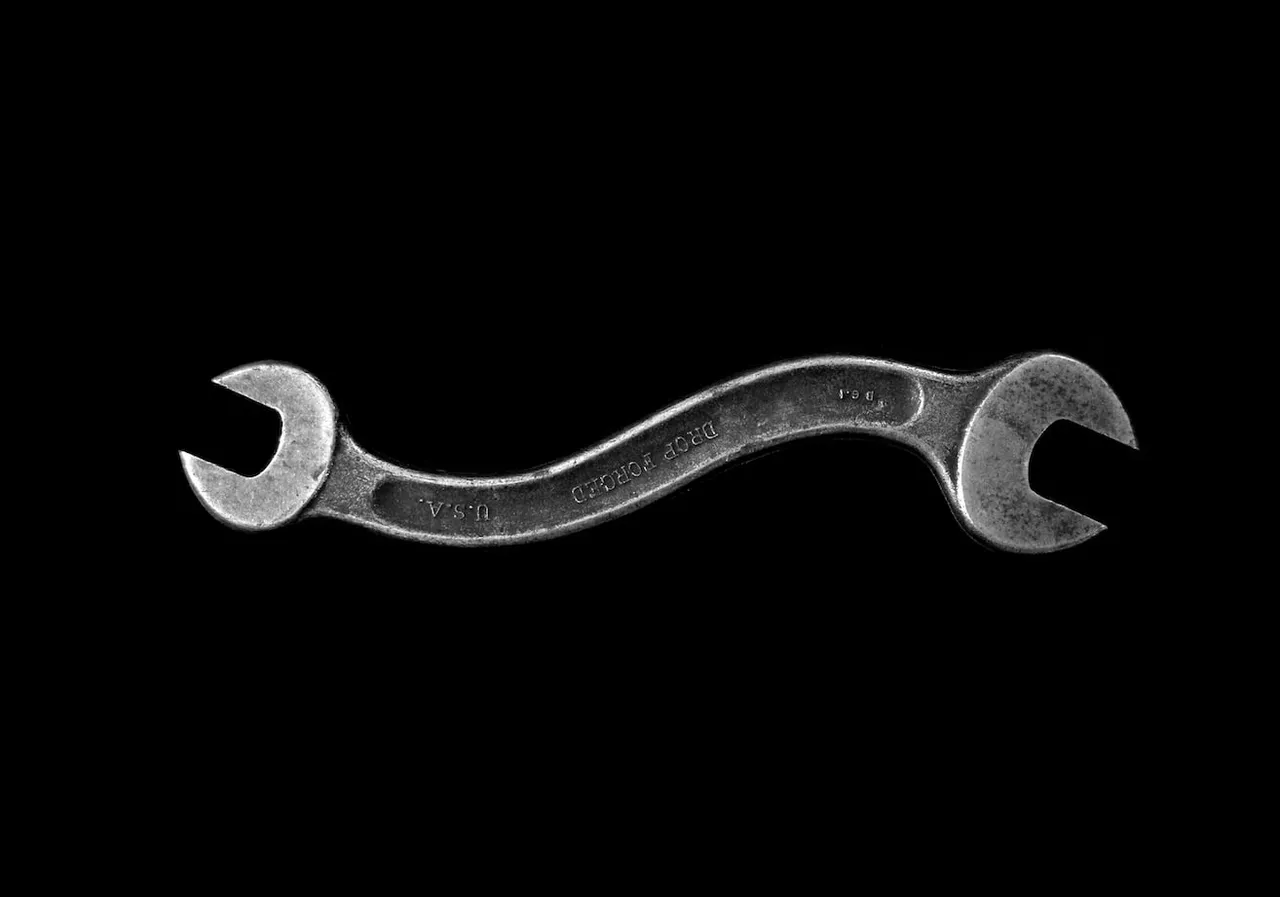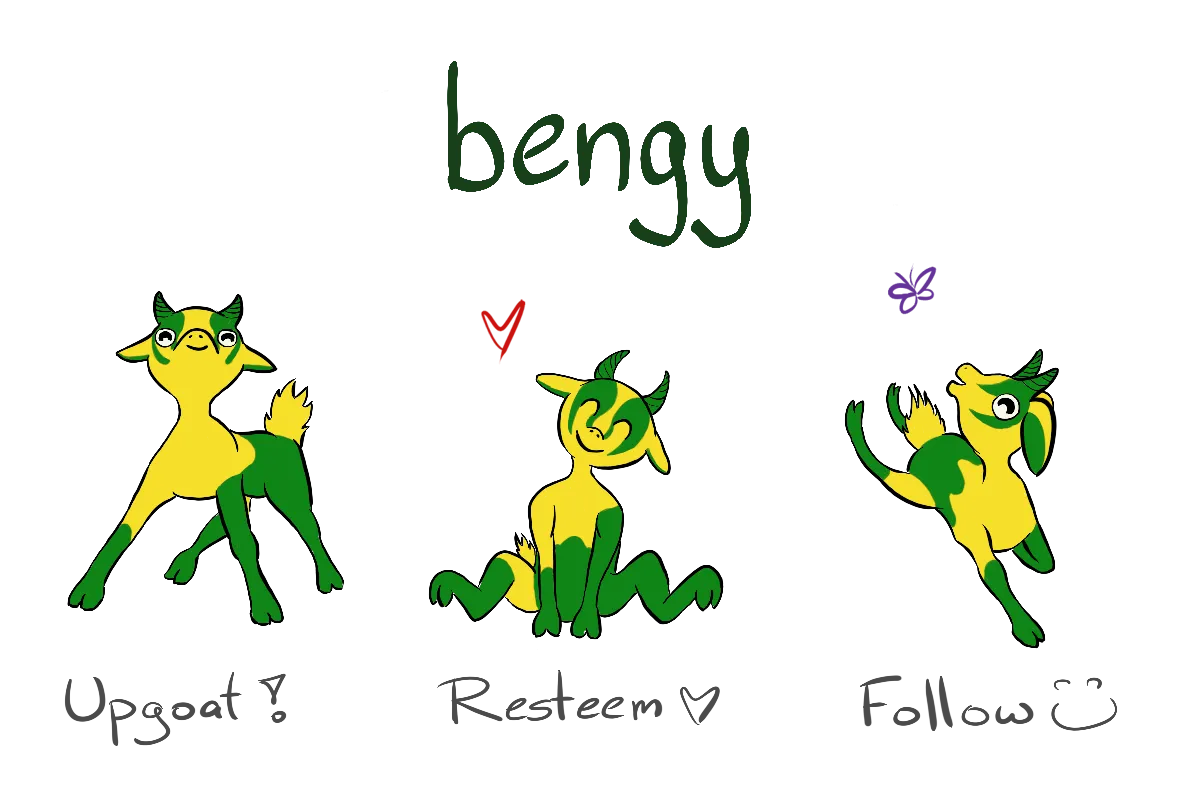
One of the most dreaded things that a Violinist can face is the horrible bow tremor... something that can manifest itself as an out of control bouncing of the bow upon the string, which can be a response to on-stage nerves. Generally, the nerves can start to reduce flexibility in the bow arm, hand and fingers and then this leads to an uncontrollable bouncing of the bow on the string... that just seems impossible to be rid of!
Needless to say, this is a nightmare for any performer as the bow is the breath of the violin... it is the producer of sound, and so when it starts to slip from the player's control... it is a downward spiral as the nerves and fear start to take over and it ends up being a public humiliation with no exit (assuming that you aren't allowing yourself to scream and run off the stage...).
In this post, I am writing about a number of things that can help a violinist control this dreaded outcome, and it is written from the perspective of a long-time teacher and professional performer... so it is something that I have seen in many students... and colleagues... too often it starts to become a psychological nightmare that is linked to stage fright, which means that the entire performance experience starts to become impossible to feel at ease in.
There are three large areas of solutions that revolve around the Equipment that you have (and any flaws within), the way that you have set up your equipment and lastly, with the personal technique that you can use to master or mitigate any inbuilt flaws.

The Equipment

Well, the first thing that we must consider is the actual bow itself.... after all, there is a always going to be a difference between driving a clunker of a car or a Tesla! Even the most dedicated master of an art is only going to be able to squeeze so much performance out of a flawed tool, and likewise, the newest beginner is only helped by having the best equipment possible!
Now, all bows are not equal... even if they are factory made, they are cut from different cuts of wood with different graining in the wood and flexibility along the whole length of the tool. Plus, the way that the wood is bent into it's shape will also affect the way that vibrations transmit along the length of the bow...
So, therein lies the secret to equipment... a smooth curve and smooth transition of flexibility and strength will result in a smooth transfer of weight and contact between the bow and violin string as you travel along the bow. This results in a smooth "feel" in your bow hand as you draw the bow, meaning that you aren't going to negotiate any sudden shifts in contact, which is usually a beginning point for a "jump" which can lead to an uncontrollable tremor as the violinist tries to adjust and usually overcompensates every time that they pass this point in the bow.
The most obvious flaw is when you look down the bow (hold the bow in your hand and look down the length of the bow with your target eye). If you see any kinks left and right (lateral) then these are going to be a disaster when you play... likewise, when looking side on to the bow, you shouldn't see any kinks in the bending in the up-down direction. All of these kinks will make for a sudden and swift change in the "feel" of the bow... and make it much harder to keep a steady and controlled contact with the string.
Now, the weighting of the bow... this is something that is much harder to describe to a non-musician and in text. As you draw the bow from the frog to the tip... you will feel the weight transition from "in the hand" (like you are holding a ball) to " at a distance". The best way to describe it is like when you are writing... if you hold the pen as normal... or at one or other of the tips of the pen, it is a much different feel... now amplify that to almost a metre-long pen and about 50 grams of weight!
This draw should also feel quite smooth and balanced (again, something that is hard to describe as it is an feeling that learnt only through experience)... with no sudden changes in weight and feeling between the transition from the bow weight resting mostly "in the hand" to "on the string".
Sadly, these are the things that you can only affect when you first look and purchase a bow... they aren't things that are easily fixed... in fact, you are just better off buying a new bow if any of these things are out of whack... heating and re-bending the wood isn't really possible after the varnish is on... and would likely not result in a correcting of the kinks. Likewise, any flaws in the wood that affect weight and feel are not going to be changed easily... as they are intrinsic to the actual material!

The Setup

Simple solutions here... these are habitual things that you do when you first pull the instrument out of the case in preparation to play.
One overlooked solution here is the application of rosin (the cake and white powder similar to what gymnasts use...) onto the hair of the bow. It is the "grip" that allows the bow to catch and vibrate the string.... with no rosin, there is no sound. A quick wipe of the cake of rosin up and down a couple of times is recommended each time you have the bow out to play (and remember to clean the bow and violin afterwards, the rosin sets into a gunky layer on surfaces!). Sadly, it is a step that many people forget or can't be bothered doing... this means that you are going to need to use more weight in the bow hand than necessary to provide the same "grip" on the string... which means that you are going to be using more heaviness in your arm and hand, which means that there is less flexibility in your arm to deal with any changes in bow feel.
Tightening the bow... just like any sort of suspension, there is a certain tension required in the bow hair to provide a good mix between smooth and spring. Normally, you would tell a beginner violinist that the distance between the wood and the hair of the violin bow at it's thinnest point is around the thickness of your little finger... that's all well and good when your equipment is pretty raw at best... and as a rough rule of thumb (finger...) it is okay. However, it is pretty imprecise for the professional or interested amateur... after all, it is like saying that a you should give ten puffs of air for a balloon to be filled. Is that right? Well, it depends on the balloon and your air capacity in your lungs... So, the short answer to this, is that the bow hair should be taut enough to reduce any unwanted vibrations, but not so much as to make for no "give" to cushion shocks... so pretty much like a car/bike suspension!
However, when players get the bow shakes... the first reaction is to loosen the bow... to provide more cushion, and thus to reduce the bouncing... however, what happens if you reduce the string of suspension on a car? You get Jelly Suspension that rocks all over the place... no, in fact, the better solution is a little more counter-intuitive, and that is to slightly increase the tension on the bow!

The Technique

Now, I do place this section last in this post... however, in many cases it would be the first place that I recommend that you look... after all, the set up and equipment are pretty much predetermined... and unless you are prepared to spend money or change your habits, then this is where you can mitigate or perhaps even master the weaknesses of your equipment. Plus, it is the one place where it is possible for the player to make a true difference anyway...
The first place to start is to examine your relationship with your nerves and stage fright... this is where most of the technical problems come in, as the nerves factor will serve to alter your feel of the bow... and to tense up your right arm... which serves to reduce any shock absorption in your arms, and to increase the possibility for a non-smooth draw. However, this part is best left for different post... how to harness and direct the extra energy that is inherent in every performance!
Each individual physical case is going to be slightly different... but if the problem is not one of equipment (with the bow having a strange tremor spot due to an imperfection in craft or material...)... then it is likely that the smooth draw of the bow is being hampered by the non-smooth transition of power and weight from one part of the arm to another...
Again, this a tricky thing to describe with only words (which is why violin lessons are best in person...)... so best to speak in analogies... Think about how you would draw a straight line in front of you... from far to the left to far right (physical, not political...)... To keep the line straight, different parts of your arm and joints come into play at different stages of the line... if the joints were stiff, then you would get a curve instead of a line! As you draw the line, You can feel different parts of your arm (from fingers, hand, wrist, lower arm, upper arm... basically wherever you have a joint!) come fade into play and then fade out... There are certain areas where your upper large parts will be more important and others where the smaller parts are more significant to the line drawing. Keeping all of these transitions smooth and seamless is the key... any jolt or sudden change can be amplified by the bow.
Now, imagine the pen or brush in your hand... and you want to keep a constant pressure on the paper (same thickness or density of line), now you have an additional dimension required to keep in balance for the draw... the depth in addition to the lateral line movement. Now, we are almost playing the violin! As the last step... we add a little curve to up and down (like you are drawing on the surface of a large balloon) that will also affect both the depth and lateral movement balances. Although the violin doesnt have this curve on a single string draw, this simulates the fact that the weight of the bow shifts in your hand shifts as the resting points (your hand and the string contact point) transition from close together to far apart.
Mastering this calm draw, slowly and feeling each stage of the draw in your hand and arm... you can start to find the areas where a tremor might beckon... sometimes it will be from an unseen property of the bow that you hadn't noticed by eye... other times, it will be an awkwardness in transition from one stage of your arm to another. This is going to be the only way to discover it... and then apply the appropriate physical self awareness and tweaks to fix it.
It is a tedious process... and one that a teacher (or an onlooker) can help with... but ultimately, it is something that a player has to feel and recognise in their own physical self awareness. At a certain stage of mastery, these things are almost impossible to see from the outside, and are only a minute change or awkward balance that can only be felt by the actual player.

Account banner by jimramones

